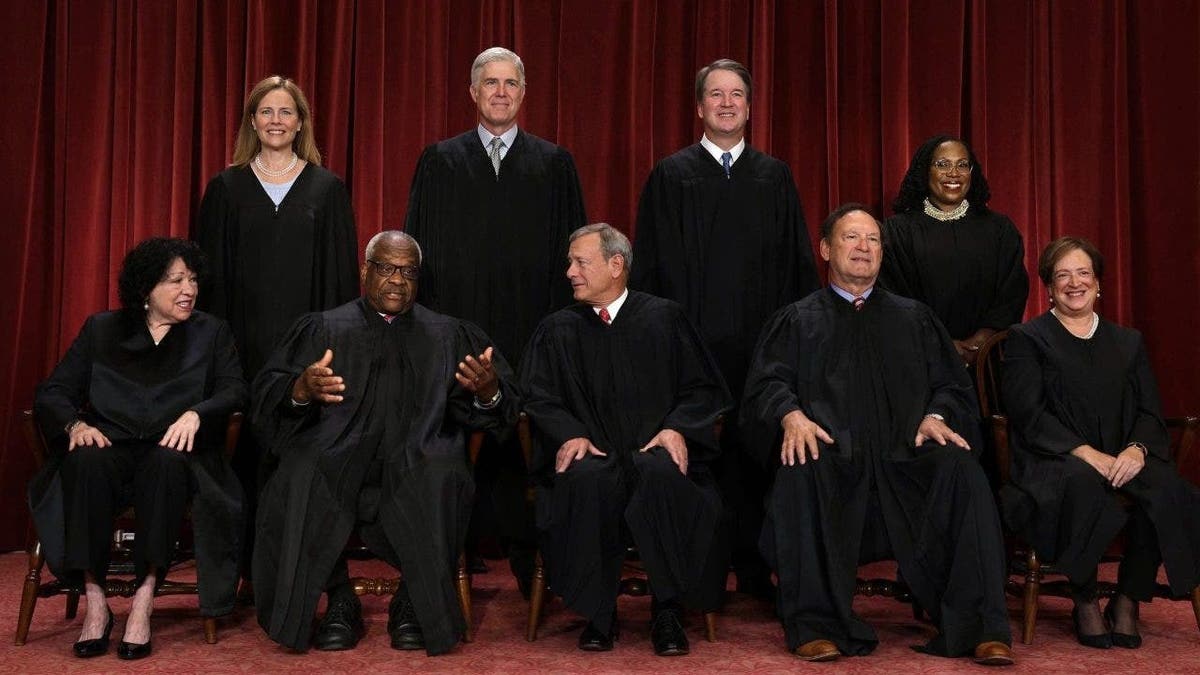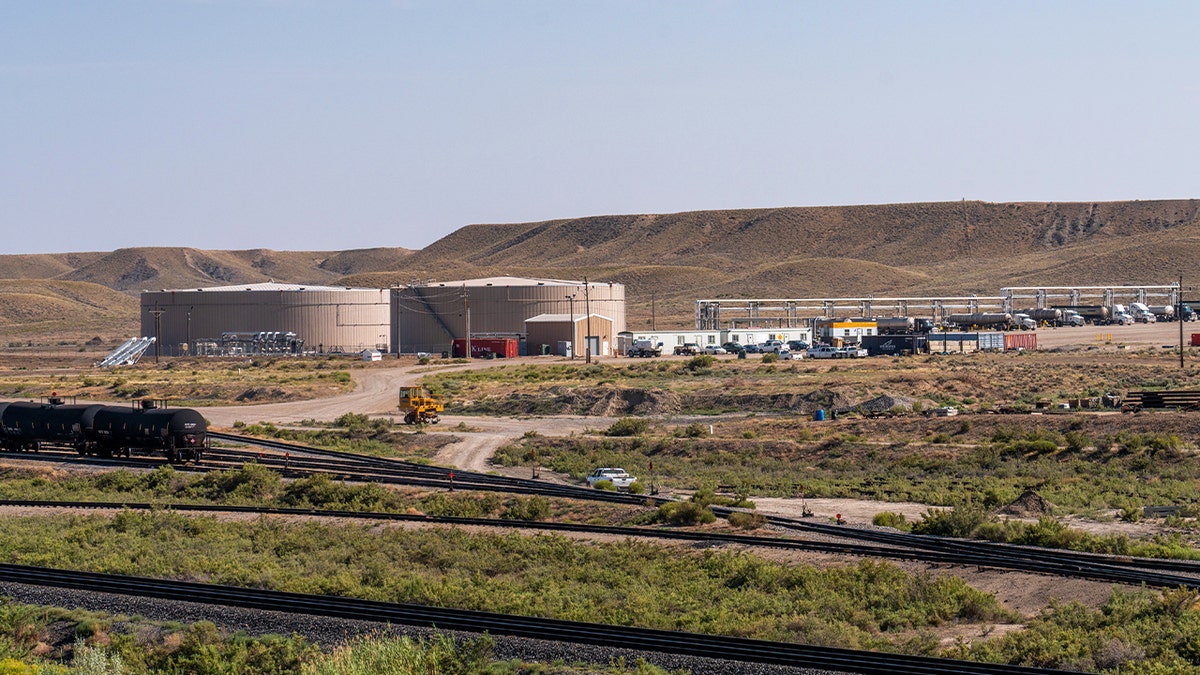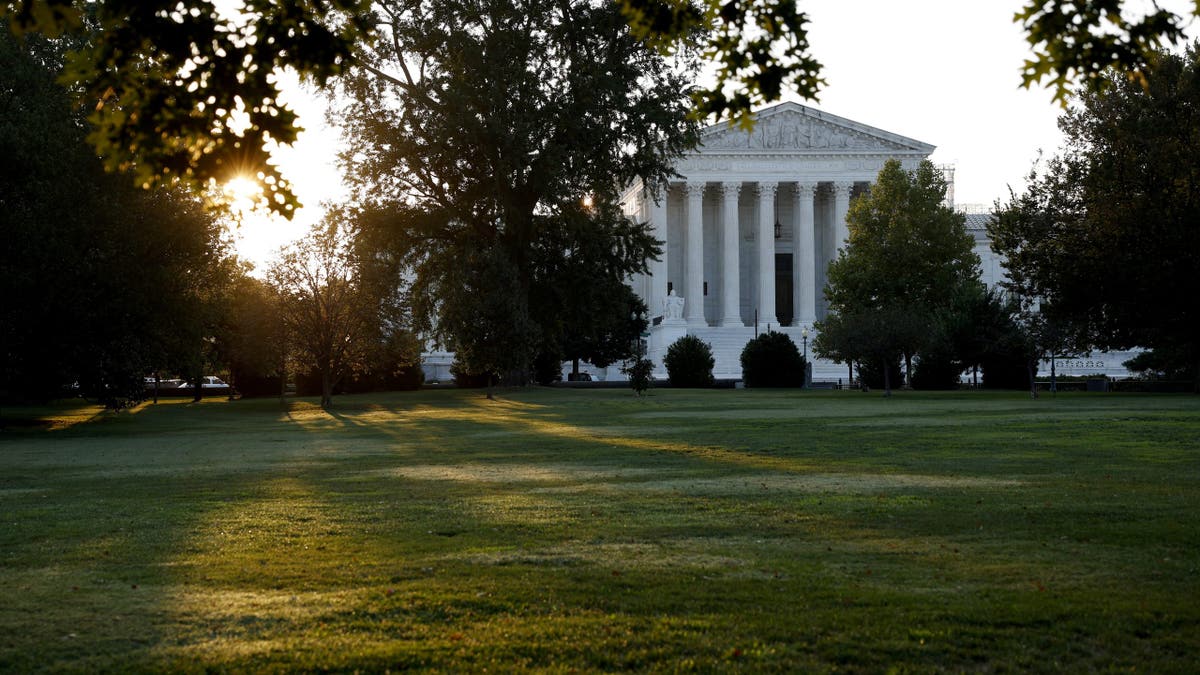The Supreme Court heard oral arguments Tuesday on a case that could reshape a key environmental law and determine the future of an oil railway project in the west.
The National Environmental Policy Act (NEPA) requires federal agencies to conduct a review of environmental impacts before making any decisions and then issue a “detailed statement” of the review.
SCOTUS heard arguments in the Seven County Infrastructure Coalition v. Eagle County case, to decide whether an agency is required to study environmental impacts beyond the “proximate effects of the action over which the agency has regulatory authority.” Justices appeared open to reconsidering the scope of NEPA, but did not specify how they would adjust the law.
The Seven Country Infrastructure Coalition (SCIC) petitioned the Surface Transportation Board (STB), a federal agency, to build an over 80-mile transportation system to connect crude oil from Utah’s Uinta Basin to a national railway.
FEDERAL COURT UPENDS DECADES OF ENVIRONMENTAL REGULATIONS

Supreme Court members, front from left, Justices Sonia Sotomayor and Clarence Thomas, Chief Justice John Roberts, Justices Samuel Alito and Elena Kagan, and, back from left, Justices Amy Coney Barrett, Neil Gorsuch, Brett Kavanaugh and Ketanji Brown Jackson on Oct. 7, 2022, in Washington, D.C. (Alex Wong/Getty Images)
The STB released an Environmental Impact Statement on the railway, but opponents of the project in Eagle County, Colorado, argued that the federal agency did not consider all of its environmental effects – therefore, violating NEPA.
SUPREME COURT APPEARS DIVIDED OVER STATE BANS ON GENDER TRANSITION ‘TREATEMENTS’ FOR MINORS
The case was brought to a D.C. Circuit Court, which ruled that STB had violated environmental law and that a new, more thorough review be conducted before the project moves forward. In March 2024, SCIC petitioned SCOTUS in the case.
Paul Clement, the attorney backing the SCIC project, argued that it is a “straightforward case” and requested NEPA be limited to “proximate cause” principles.
“NEPA is a self-described procedural statute. It is designed to inform government decision-making, not paralyze it,” Clement argued on Tuesday.

The Price River Terminal, a crude oil shipping terminal near Wellington, Utah. Crude oil is brought in by tanker trucks and transferred to rail tank cars at this terminal. (Jon G. Fuller/Getty Images)
Clement called the D.C. court’s request to conduct further environmental review “a recipe for turning a procedural statute into a substantive roadblock.”
“All of that is not just remote in time and space but falls well outside the STB’s limited remand – remit, and it falls within the jurisdiction of other agencies that can address those issues comprehensively and concretely if and when they arise,” he said during the oral arguments.
Several justices appeared to agree that the D.C. court’s issuing of an entirely new environmental review of the project may have been unnecessary.
“It’s not a question of did it fail to look at something,” Justice Sonia Sotomayer said. “So the question before us was, was it arbitrary and capricious for it not to consider something more?”
The judges questioned Clement on how his request would impact the scope of environmental reviews, such as on smaller or larger projects.

The U.S. Supreme Court building in Washington, D.C. (Anna Moneymaker/Getty Images)
Clement replied, “If the environmental impact statement is focused on the project, it will inform – you can pick one route versus another, or the agency itself can impose mitigation measures. But, if you have to look at everything under the sun, that’s outside the ambit of the agency.”
“This case is bigger than the Uinta Basin Railway,” Sam Sankar, Earthjustice vice president of programs, said in a statement. “The fossil fuel industry and its allies are making radical arguments that would blind the public to obvious health consequences of government decisions. The court should stick with settled law instead. If it doesn’t, communities will pay the price.”
CLICK HERE TO GET THE FOX NEWS APP
Justice Neil Gorsuch, on Dec. 4, dismissed himself from the case ahead of arguments.
